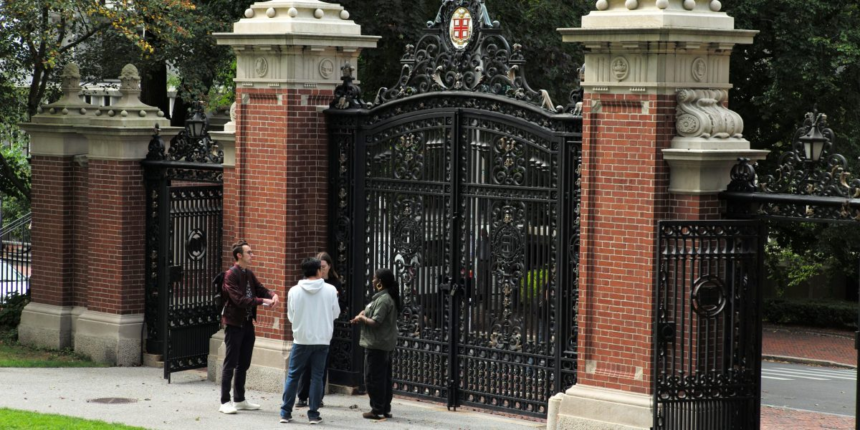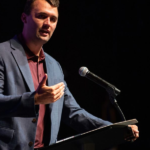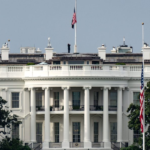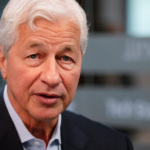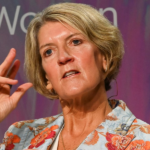President Donald Trump’s campaign to squeeze billions of dollars out of Harvard University and other elite colleges looks set to create a windfall for US trade schools.
It was the latest outing for an idea that’s gained steam in the past month or so. Multiple US colleges are trying to hammer out financial agreements with the White House to settle charges of political bias and regain access to vital research grants. Many are reluctant to pay outright fines. But investment in career and technical training — a stated priority for Trump, who wants to revive US manufacturing — looks like a compromise both sides can abide.
How it will work in practice remains unclear, even at the college that’s gone furthest down this road.
As yet, there’s no indication the state’s Democrat-led government will play a role. Rhode Island’s Department of Labor and Training said there’s been no coordination with the college. “Brown will facilitate these grants independent of the Department,” said Edwine Paul, its chief public affairs officer.
When that process gets underway, it’s likely to trigger a stampede of applicants.
“We have reached out to express interest” in the Brown grants, Grzybowski said. “Along with, I’m sure, everybody in Rhode Island.”
Lutnick’s suggestion for a new vocational school with Harvard’s name attached evokes the prospect of Ivy League-credentialed plumbers and electricians – which may not be as farfetched as it sounds.
Princeton University runs an apprenticeship program, partially funded by the Department of Energy, which offers training in more than a dozen fields including welding and cybersecurity. Harvard itself earlier this year announced a Careers in Construction program of training and apprenticeships in the Boston area.
Alisha Hyslop, chief policy officer at the Association for Career and Technical Education, said she could envision Harvard’s graduate schools partnering with apprenticeship programs or offering short-term, skills-based credentials.
“There has been a rise in four-year universities embedding industry certifications in their programs, especially in technology, AI, and coding,” she said. “Harvard could easily get involved.”
Workforce investments didn’t feature in the administration’s settlement with Columbia University, showing these aren’t the only pathways to an agreement. Still, with plenty more schools lined up to seek deals, the idea evidently has appeal for Trump.
DeLaski said she and her team proposed a similar initiative over a decade ago, called “Share the Wealth,” which didn’t get much traction with Harvard and its peers. She doesn’t support the Trump administration’s broadside against Harvard. But “if they are going to extract a pound of flesh from wealthy colleges, I’d rather have it earmarked for less-resourced parts of higher ed than be a tax going back to the national coffers,” she said.
Trump isn’t the first president who’s sought to bolster technical education and fill gaps in the labor force. It was a priority for Joe Biden too. Supply chain disruptions in the pandemic, and trade tensions with China, have persuaded Washington that key industries should be brought back home – and they’ll need skilled workers.
Given the economic importance, some analysts say it’s the government that should be providing cash and making key decisions.
Wherever the money ultimately comes from, a shift toward vocational funding and away from the traditional college model is what the US economy needs, according to Nick Moore — effectively the country’s top policymaker in the field, as deputy assistant secretary at the Education Department’s Office of Career, Technical and Adult Education.
Moore, who attended Harvard as an undergraduate, said he doesn’t view a potential redistribution of wealth from his alma mater to vocational programs as a punishment so much as a corrective. He hopes to see similar shifts across the sector.
“Our current workforce system is not sufficient to meet our economic trajectory,” he said. “And there is probably no industry that is more removed from market dynamics than higher education.”


